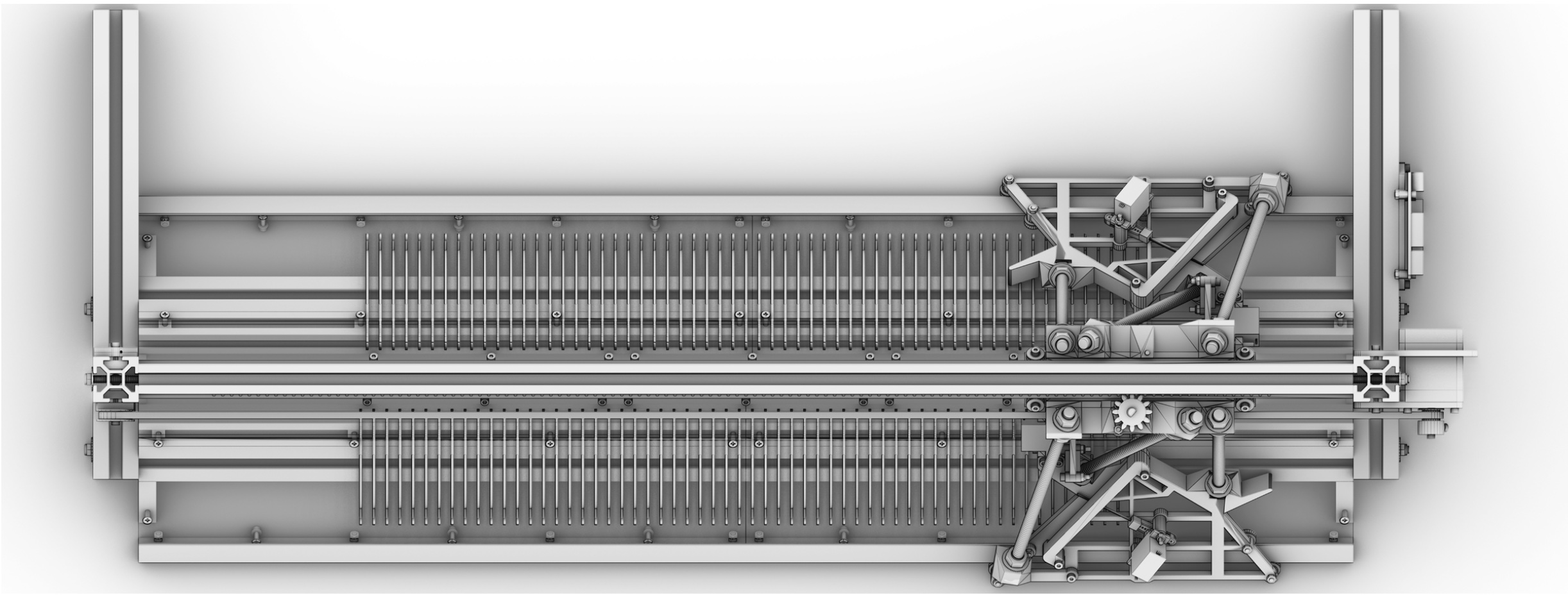The textile industry, deeply rooted in human civilization, has evolved from traditional weaving to modern automated machinery. This study explores the potential of automated knitting, analyzing material variability, manipulation, and pattern customization through mechanical and computer programs. It encompasses circular and flat knitting, emphasizing their roles in material investigations and fabric architecture. Investigating weaving's historical contexts, machinery, and contemporary examples, my research conducts physical tests on machine-knitted fabrics, examining stitch patterns, tension, and weight effects. Both qualitative (materiality, color) and quantitative (strength, elasticity) data are analyzed. Comparing mechanical and electrical automation, my research delves into machine capabilities, ultimately presenting diverse knitting possibilities, and demonstrating how machine-knitted textiles can find applications in various industries, particularly architecture.



